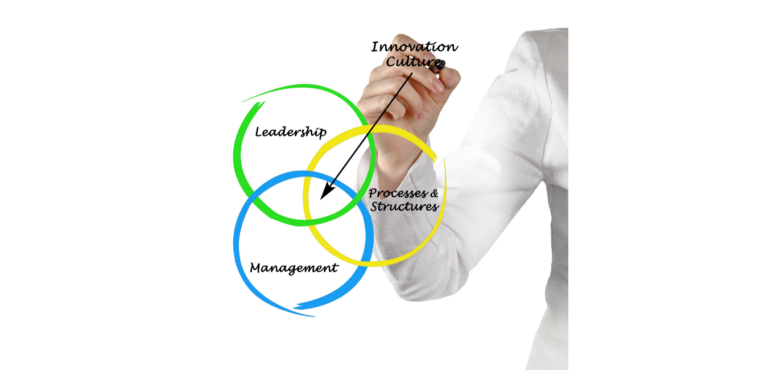Assimilation is a process many of you may know well from having joined companies in which you, the employee, is expected to live up to the culture already created and deemed acceptable. What is being heard as the emerging voices of Diversity, Equity and Inclusion takes shape, is that the old paradigm no longer works. The new paradigm taking shape is one where the company culture is learning to meet employees where they are in order to supply their needs so that companies keep staff and minimize turnover.
No longer can a company expect you to dumb down, hide or become so over flexible that you no longer resemble yourself. It is the path of inclusion and the necessary outcome is to accept, celebrate and go all out to create a sense of belonging for employees who, under the old paradigm was required to suck it up and fall in line.
Well, that line is being redrawn and looks very little like the line created for an assimilation mindset. And one of the great contributors I see is the development, expansion and deepening of Organizational Change Management (OCM). It is a science that is flooding the business to business marketplace as countless companies are undergoing an overhaul.
It is the OCM overhaul where companies are learning to listen more to their employees about what is needed and thus reimagine company culture. A culture in which we are starting to see less sameness and more difference. This is becoming increasingly crucial in order to get the great minds within a company to stay on their payroll and be a significant contribution rather than go where the grass seems greener.
As we launch this series on Company Culture we will be exploring how this new paradigm is taking shape. Should you want to get a jump on helping to shape the new paradigm of culture, I invite you to book a strategy session with me and begin exploring what you want to know about how to contribute to a culture that supports you and your professional goals. Click the button below and book a strategy session now. That is what leaders do, take action!










